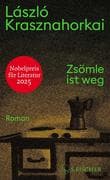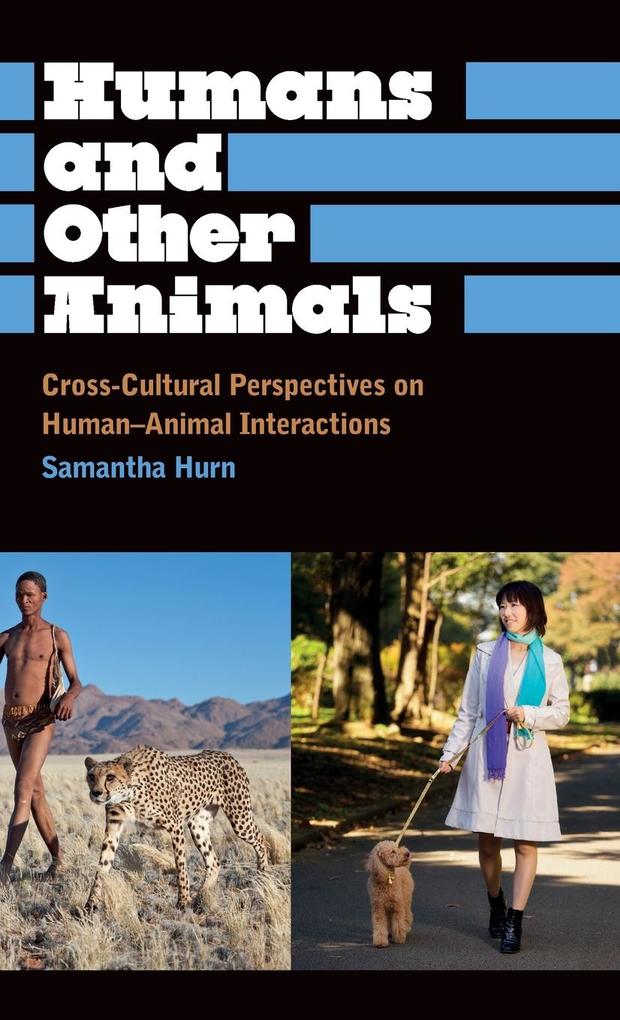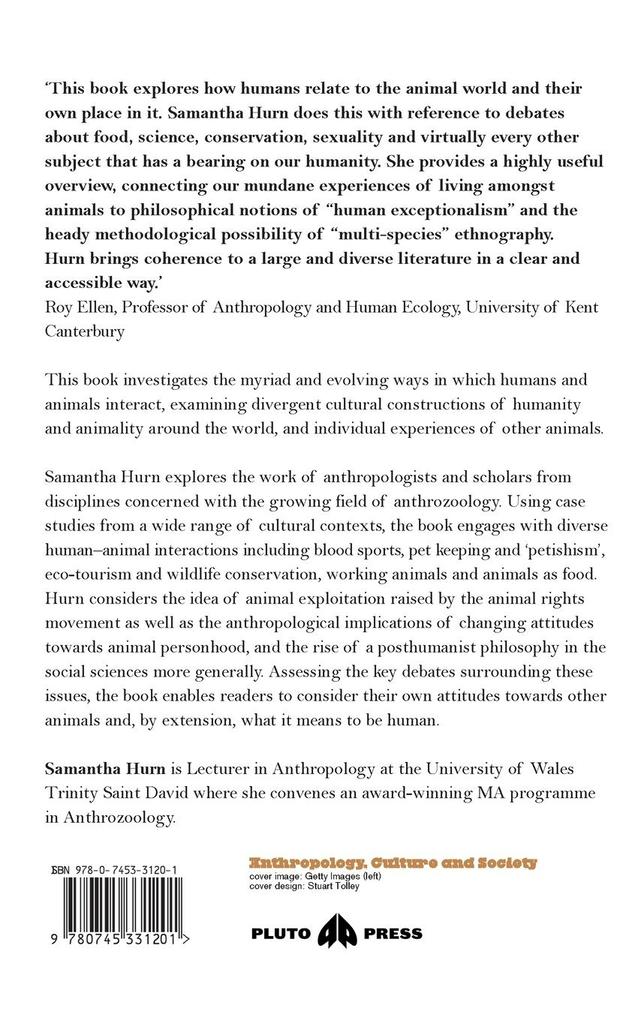What are our attitudes towards other animals, and how does this affect our humanity?
This work of anthrozoology explores the myriad and evolving ways in which humans and animals interact, the divergent cultural constructions of humanity and animality found around the world, and individual experiences of other animals.
This book looks at case studies covering blood sports (such as hunting, fishing and bull fighting), pet keeping and 'petishism', eco-tourism and wildlife conservation, working animals and animals as food. It addresses the idea of animal exploitation raised by the animal rights movements, as well as the anthropological implications of changing attitudes towards animal personhood, and the rise of a posthumanist philosophy in the social sciences more generally.
Inhaltsverzeichnis
1: Why look at human-animal interactions? 2: Animality 3: Continuity 4: The West and the Rest 5: Domestication 6: Good to think 7: Food 8: Pets 9: Communication 10: Intersubjectivity 11: Humans and other primates 12: Science and medicine 13: Conservation 14: Hunting and blood sports 15: Animal rights and wrongs 16: From anthropocentricity to multispecies ethnography Bibliography Index











